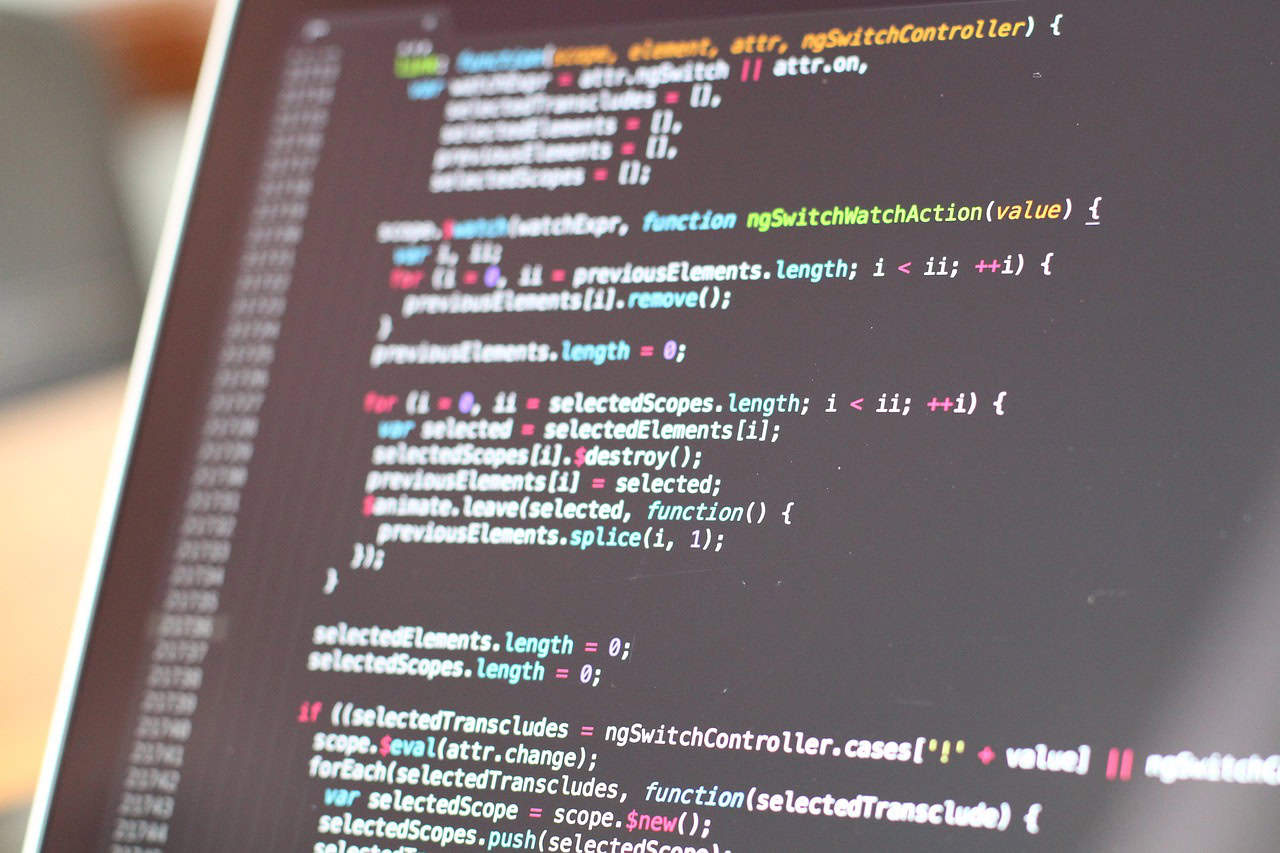Pygame: Unlocking the World of Game Development in Python
Estimated reading time: 5 minutes
- Discover the capabilities of Pygame for creating games.
- Learn the steps to install Pygame on your machine.
- Explore the key features that make Pygame a popular choice.
- Engage with the vibrant Pygame community for support and contributions.
- Understand practical takeaways to kickstart your game development journey.
Table of Contents
- What is Pygame?
- Installing Pygame
- Key Features of Pygame
- Community and Development
- Practical Takeaways
- Conclusion
- FAQ
What is Pygame?
Pygame is a cross-platform Python library that facilitates the creation of multimedia applications, making game development more accessible to aspiring programmers. Built upon the Simple DirectMedia Layer (SDL), Pygame abstracts low-level functions to streamline the development process and offers modules designed for graphics, sound, and input handling (Pygame Official Site, GitHub – Pygame). Its intuitive design and comprehensive documentation have made it the most popular game development library in Python, with over 1,000 open-source projects currently utilizing it (Python Game Libraries).
Installing Pygame
Getting started with Pygame is straightforward. Here are the steps to install it on your machine:
- Ensure Python and pip are installed on your device. You can verify this by running the following commands in your terminal:
python --version
pip --version - Install Pygame via pip by executing this command in your terminal:
pip install pygame - Test the installation by launching one of the built-in example games:
python3 -m pygame.examples.aliens
Following these steps will get you ready to start creating your own games!
Key Features of Pygame
Pygame is packed with features that make it a robust choice for game development. Below are some of its standout attributes:
- Cross-platform Compatibility: Pygame runs on major operating systems, including Windows, macOS, and Linux. This allows developers the flexibility to work from various environments (GitHub – Pygame, Python Game Libraries).
- Comprehensive Educational Materials:
- The free book Making Games with Python & Pygame offers 11 game clones (like Tetris and Bejeweled) complete with source code to enhance learning (Invent with Python).
- Another fantastic resource is Program Arcade Games with Python and Pygame, which focuses on foundational programming concepts (Python Game Libraries).
- Ecosystem of Extensions: Various tools like Pyganim (for sprite animation) and PyUI2 (designed for user interfaces) enhance Pygame’s core functionality, allowing developers to build more complex projects comfortably (Pygame Libraries, Python Game Libraries).
Community and Development
Pygame thrives on the strength of its community. The library encourages open-source contributions, inviting new developers to engage and help improve its features (GitHub – Pygame).
Use Cases
Pygame is particularly well-suited for:
- 2D Games: Its straightforward approach makes it ideal for creating 2D games quickly.
- Prototypes: Developers can rapidly prototype ideas and test gameplay mechanics.
- Educational Projects: Because of its simplicity, it’s frequently adopted in educational settings where students learn programming basics through game design (Python Game Libraries, Invent with Python).
While Pygame excels in 2D game development, it’s worth noting that it has limitations, particularly in 3D rendering capabilities and high-performance applications. For advanced game development, developers may find themselves integrating other libraries or game engines, such as Unity or Godot. However, for rapid 2D development, Pygame remains unmatched.
Practical Takeaways
- Start Small: If you’re new to Pygame, begin with simple projects. Try recreating classic games to cement your understanding.
- Explore Resources: Make use of the numerous tutorials and books available. Engaging with the community through forums like Reddit or Stack Overflow can also provide invaluable support.
- Collaborate and Contribute: If you’re feeling brave, consider contributing to the Pygame project. It’s a fantastic way to hone your skills and give back to the community.
Conclusion
Pygame is a robust, engaging library that offers a wealth of opportunities for both new and experienced developers looking to explore the world of game development with Python. Its rich feature set, ease of use, and a supportive community make it an ideal choice for anyone looking to create games.
At TomTalksPython, we understand the challenges of learning how to code, and we are dedicated to providing resources and support to help you on your educational journey. If you found this introduction to Pygame helpful, don’t forget to check out our other Python tutorials and resources.
Call to Action
Ready to dive deeper into the world of Python programming? Visit our website to explore more tutorials, articles, and resources designed to help you master Python and become a proficient developer.
FAQ
Q: What operating systems does Pygame support?
A: Pygame is compatible with major operating systems such as Windows, macOS, and Linux.
Q: Is Pygame suitable for beginners?
A: Yes, Pygame is designed to be accessible for beginners and is often used in educational settings.
Q: Can I use Pygame for 3D games?
A: Pygame primarily excels in 2D game development and has limitations in 3D rendering capabilities.
